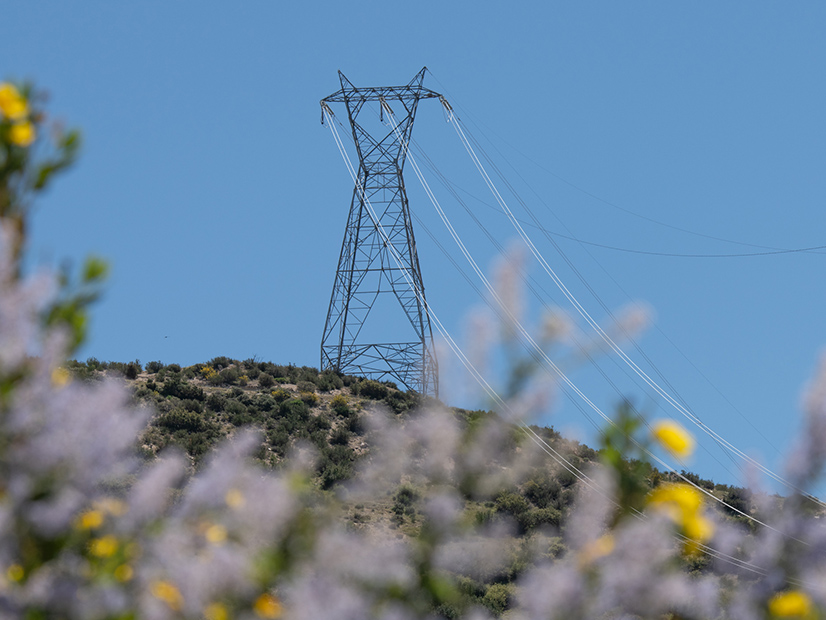
The California Public Utilities Commission approved a major rate hike for Southern California Edison on Thursday, much of which will pay for the utility’s plan to install 4,500 miles of insulated wire in high-risk areas to prevent its equipment from igniting wildfires.
The proposal would be the largest rollout of overhead covered conductor so far in the state’s efforts to prevent catastrophic blazes. The CPUC approved $3.3 billion in spending on SCE’s Wildfire Mitigation Programs, nearly $2 billion of it for the covered conductor project.
“The Wildfire Covered Conductor Program is SCE’s primary grid hardening wildfire mitigation solution in this [general rate case], representing over 90% of SCE’s capital expenditure forecast for wildfire management,” Administrative Law Judge Sophia Park wrote in her proposed decision, which commissioners unanimously adopted.
In its rate case, SCE sought to deploy 6,272 cumulative miles of covered conductor between 2019-2023, or 60% of its overhead conductor circuit miles, in its Tier 2 and Tier 3 high fire-risk areas at a total cost of $3.4 billion, Park noted.
The Utility Reform Network and others objected to the proposal as unnecessarily costly and expansive.
In response, Park scaled back SCE’s proposal to 4,500 circuit miles.
“The deployment of 4,500 circuit miles would address 98% of the wildfire risk in SCE’s [high fire-risk areas] at a cost that is $1.5 billion less than SCE’s request,” she wrote.

Park allowed that more might be better, and the CPUC said in a statement following the vote that SCE could increase its covered conductor deployment if needed, subject to further review.
“This proceeding created the opportunity for the CPUC to make strategic decisions on the future of Southern California Edison’s capital investments, including grid modernization … and safety investments in response to climate change risks such as wildfires,” lead Commissioner Genevieve Shiroma said in the statement.
Lines and Fires
The effort to harden the state’s grid against wildfires has grown urgent following years of immense and highly destructive blazes started by power lines. The Camp Fire in November 2018, ignited by a fallen Pacific Gas and Electric transmission line, was the deadliest and most destructive on record.
A tree falling on an uninsulated PG&E line is suspected of starting the Dixie Fire, the second largest wildfire in state history, which is still burning in the Sierra Nevada of Northern California after more than a month. As of Thursday, the fire had grown to more than 678,000 acres and was 35% contained. It has destroyed 1,217 structures and threatens thousands more homes, the California Department of Forestry and Fire Protection reported.
PG&E, too, has plans to install insulated wires in the tinder-dry foothills and coastal ranges of its vast service territory. Its 2021 wildfire mitigation plan called for 180 miles of new covered conductor. (See PG&E Files Wildfire Plan Under Intense Scrutiny.)
Last year the CPUC approved an SCE proposal to install 600 miles of covered conductor, which at the time was unprecedented. The utility estimated the cost at $428,000 per circuit mile, including replacing wooden poles with stronger composite ones and installing fiberglass crossarms as needed. (See CPUC OKs Largest Rollout of Covered Conductor.)
To allow SCE to work toward its new goal of 4,500 circuit miles, the CPUC approved a nearly 8% increase in the utility’s 2021 general rate case and authorized a revenue requirement of $6.9 billion for operations and investments. The amount was $730 million less than what SCE had requested and will result in an average increase of about $12 in residential customers’ bills.
The decision excluded $131 million in executive pay and bonuses that the company requested.